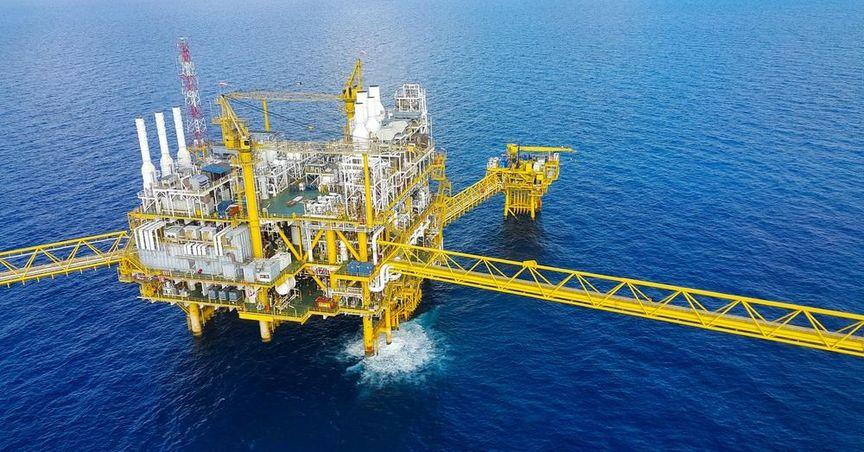Highlights
National Grid plc operates in the utilities sector and is listed on the FTSE 100.
The company, under ticker (LON:NG), focuses on electricity and gas transmission across the UK and northeastern US.
Dividend performance aligns with FTSE Dividend Stocks classification.
National Grid plc, listed on the FTSE 100 under the ticker (LON:NG), operates in the utilities sector with a strong focus on energy transmission. The company manages electricity and gas networks in both the UK and parts of the northeastern United States. It plays a crucial role in maintaining energy reliability and system stability within its regions of operation.
Core Business Operations and Network Reach
The company’s activities include the operation of high-voltage electricity transmission networks in England and Wales, and gas transmission pipelines across the UK. In the US, the business spans across states such as New York, Massachusetts, and Rhode Island, handling both electric and gas distribution. National Grid plc’s network infrastructure supports large-scale supply, connecting producers to consumers through a regulated framework.
Network Development and Infrastructure Enhancements
National Grid plc continues to focus on upgrading its energy infrastructure to support evolving system demands. Efforts are directed towards strengthening grid reliability, integrating sustainable energy sources, and modernising assets to enhance overall operational efficiency and service delivery.
Geographic Diversification in Energy Supply
With operations in both the UK and US, the company benefits from geographical diversity. It balances different regulatory regimes, economic conditions, and seasonal demand patterns. This multi-regional strategy enables the firm to spread operational exposure and adapt to varying regional grid demands and energy market dynamics.
Regulatory Framework and Market Role
As a regulated utility, National Grid plc operates within frameworks established by energy regulators like Ofgem in the UK and local public utility commissions in the US. Its role includes ensuring uninterrupted supply, efficient energy delivery, and compliance with decarbonisation and net-zero targets laid out in national energy.
Strategic Initiatives in the Renewable Space
The company has taken steps towards supporting low-carbon solutions and green energy integration. Its projects have included offshore wind connection infrastructure, interconnectors between the UK and continental Europe, and energy efficiency initiatives. These projects contribute to the broader energy transition, in line with governmental and environmental requirements.
Technological Enhancements and Smart Grid Development
Advanced grid technologies have been incorporated into operations to facilitate real-time data monitoring, predictive maintenance, and demand management. These initiatives are essential for managing the evolving complexity of energy systems, especially with the increasing penetration of intermittent renewable energy sources.
Corporate Structure and Group Operations
National Grid plc functions through various subsidiaries responsible for electricity and gas transmission and distribution. This structure allows focused management of different business segments while maintaining overall coordination across its group operations.
Long-Term Outlook within FTSE Framework
Positioned on the FTSE 100, National Grid plc remains one of the major utilities stocks due to its stable network operations, dividend classification, and role in infrastructure development. With a balanced approach to traditional and renewable energy, the company continues to fulfil energy supply responsibilities while engaging with future-forward strategies.





